These options are subject to change!
Introduction to the promise made by technology industries.
Technology—no matter how well designed—is only a magnifier of human intent and capacity. It is not a substitute.Can Technology End Poverty? by Kentaro Toyama 2010
This assignment is a portfolio project for those in an Electrical Engineering and Computer Science program at OSU.
If technology's job is to improve the lives of humans, can we say that it has met that goal? What initiatives have met the needs of the disenfranchised and undereducated, improved healthcare and access to healthy foods, or predicted catastrophes which often create extreme poverty?
Initiatives across the globe have the backing of organizations dedicated to meeting similar goals. However, they have fallen short, as poverty has risen dramatically recently. This project will allow you and your peers to explore the problems and develop a proposal to eradicate some aspect of poverty.
How can CS solve poverty?
- 8 ways CS benefits society
- Can Technology End Poverty?
- AI Is a Game-Changer in the Fight Against Hunger and Poverty. Here's Why
Outcomes
This small-group project will define the meaning of poverty and how it is created, examine a region's efforts to improve the lives of its citizens using some form of technology, and give you a chance to develop an proposal to help eradicate one cause or form of poverty.
This project expects: participation in weekly working sessions, adequate collaboration in the draft documents, participation in the class presentation, and completeness of the deliverable to determine points earned per student.
By the end of Week 11, these expectations must be met to earn full points:
- Student participated in every working session.
- Student provided written research and ideas to the working document and website.
- Student participated in the presentation to the class.
- Student provided leadership for the group.
- Writing was in the third-person style with hyperlinked source titles, spreadsheets were embedded with easy to read formatting, and embedded media included copyright statements.
- Student provided questions and comments in the Proposal website for each of this term's projects.
Definitions
Describe your own versions of the terms below in a collaborative file (linked in Canvas).
- What is poverty?
- What is the middle class?
- What is wealth, prosperity?
- How do experts measure poverty?
Use that last question to begin your research.
Resources
What do these sources tell us about poverty around the world?
- Oregon Poverty Measure
- Digital Economy and Society Index (2019).
- World Bank's Countries and Economies or World Bank's reports on Science and Technology.
- CIA World Fact Book Search by country.
- Organisation for Economic Co-operation and Development (OECD).
- World Bank's Countries and Economies.
- CIA World Fact Book.
How is poverty created?
How have societies created poverty in these specific areas?
- child-rearing?
- education?
- business?
- health?
- food?
- transportation?
- access to technologies?
- laws?
- curruption?
Resources
What do these sources say are the cuases of poverty?
- The Top 11 Causes of Poverty Around the World. (2022)
- Extreme poverty isn’t natural, it’s created (2021)
- 4 Things You Probably Know About Poverty That Bill and Melinda Gates Don’t (2015)
- 3 Ways Humans Create Poverty (2015)
- Causes of Poverty (2014)
- Scratching By: How Government Creates Poverty as We Know It (2007)
What have other groups tried?
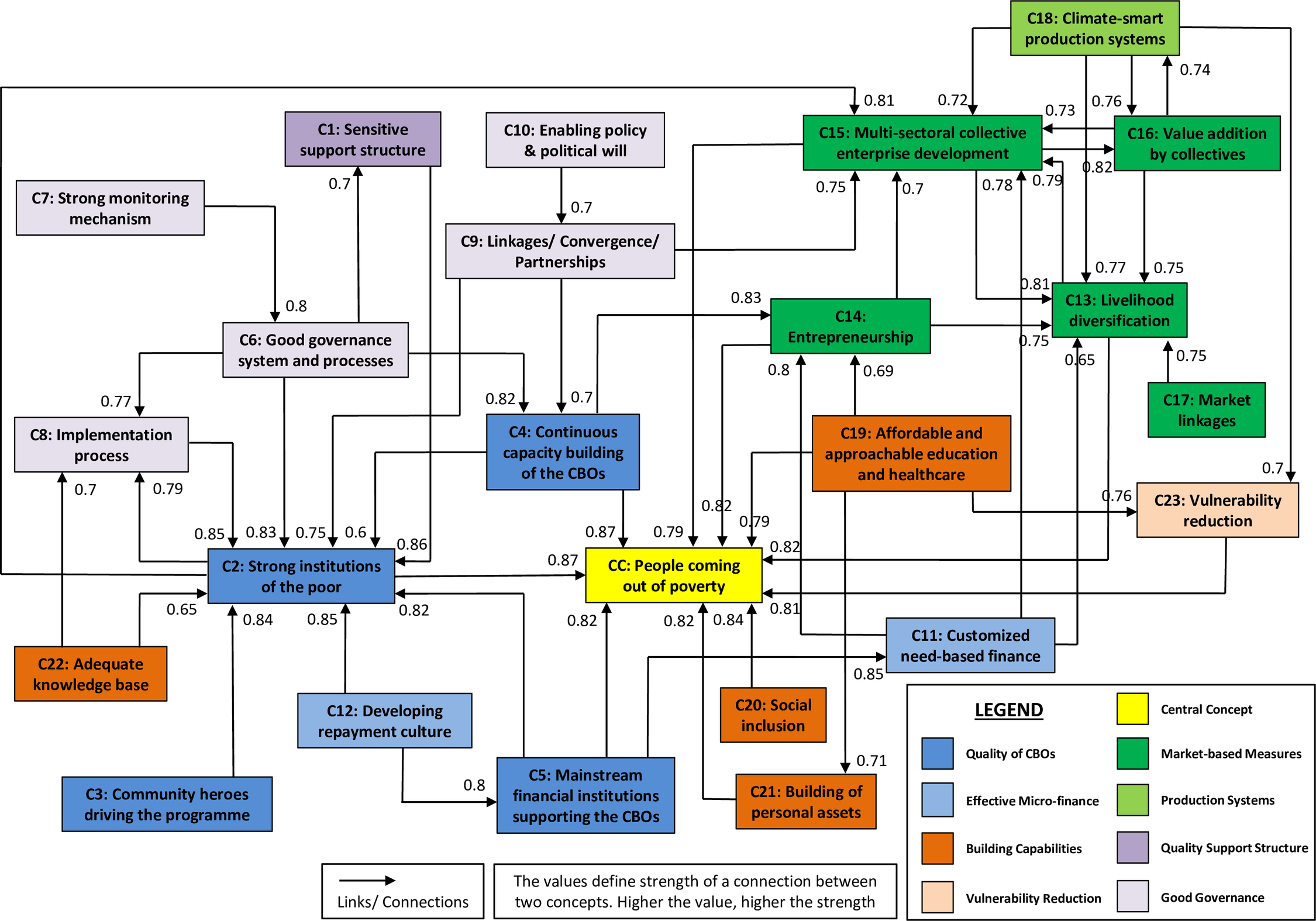
What are some solutions tried by other groups around the world, and what were the results? In Evaluating poverty alleviation strategies in a developing country, Author Pramod Singh, et al, identifies critical factors to alleviate poverty using Fuzzy Cognitive Maps (FCM) and Social Cognitive Maps (SCM). The study concludes that "various approaches to poverty alleviation are rather complementary and need to be implemented simultaneously for a comprehensive poverty alleviation drive." The approaches are noted in the map at the right.
For a quick overview of projects proposed and tried, view previous student ideas in the Promise of Technology website, OSU Professor David Rothwell's list of student poverty-related projects. the Borgen Project's list of issues and actions, and the World Economic Forum's archive of articles based on issue, industry, or country (click the Filter to make choices).
Hover over the flags below to read a quick summary of the solutions.
Countries and States with progressive initiatives.
Right-click and reload the frame to see new initiatives.
-
 Oregon, USA
Oregon, USA
-
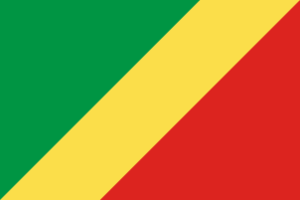 Democratic Republic of Congo
Democratic Republic of Congo
-
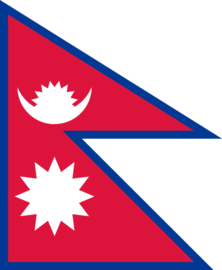 Nepal
Nepal
-
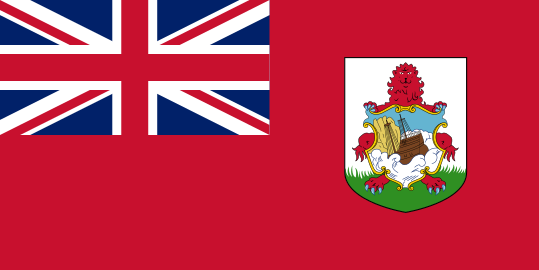 Bermuda
Bermuda
-
 USA
USA
-
 Uganda
Uganda
-
 USA
USA
-
 Africa
Africa
-
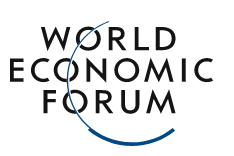 World
World
-
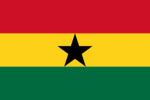 Ghana
Ghana
-
 USA
USA
-
 Republic of Georgia
Republic of Georgia
-
 Africa
Africa
-
 Philippines
Philippines
-
 USA
USA
-
 Nigeria
Nigeria
-
 England
England
-
 USA
USA
-
 Japan
Japan
-
 World
World
-
 India
India
-
 USA
USA
-
 USA
USA
-
 Finland
Finland
-
 Denmark
Denmark
-
 India
India
-
 South Korea
South Korea
-
 World
World
-
 South Sudan
South Sudan
-
 Tajikistan
Tajikistan
-
 USA
USA
-
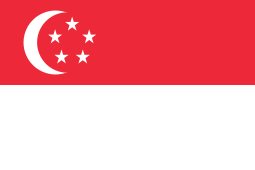 Singapore
Singapore
-
 Haiti
Haiti
-
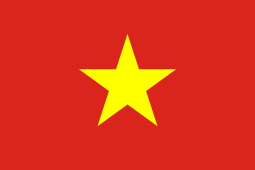 Vietnam
Vietnam
-
 Paraguay
Paraguay
-
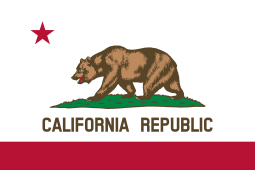 California, USA
California, USA
-
 USA
USA
-
 California, USA
California, USA
-
 USA
USA
-
 New York, USA
New York, USA
Pick a Problem
What new idea(s) do you have that can contribute to a solution?
- Add your great idea(s) about alleviate poverty with technology to the IDEAS Ed Discussion thread.
The ideas can be related to a:
- Product, such as an application, website, or a hardware/device.
- Service
- Law recommendation
- ❤️ Heart your favorite two ideas.
- Over the week, ask questions and add related ideas/specifics as a reply to the idea post(s).
- The top most liked/hearted ideas will be available to work on in groups for the remainder of the term.
- In class, sign up for your chosen topic by placing your name on the board under the topic.
In your newly-formed small groups, begin to outline a plan of action. Work in a collaborative Google document, Zoom breakout rooms, MS Teams, Google Sheets, Monday.com, and/or other applications to document research for your proposal.
- Begin to detail the solution:
- Why is the product/service needed?
- What is the problem to solve and the focus of the solution?
- Who are the audiences for the product/service?
- When is the best time to administer the product/service?
- Where would the product/service be delivered?
- How would the product/service be administered?
- What would it cost to prototype?
- How could it be funded?
- Provide a list of action items.
- Summarize your funding strategy.
- Include a spreadsheet of funding options, required materials, and amounts.
Look at previous student proposals to get an idea of the final outcome.
Who is the audience?
As a group, research, define, and document (in a shared file) these aspects of your audiences:
- Primary audience: who will use the product or service?
- Secondary audience: who will receive your proposal to help make the product or service happen?
- What are their needs?
- Why do they need it?
- What are their demographics in terms of age, abilities, location, culture, and access to technology/infrastructure?
Explore Methods and Materials
As a group, research, define, and document (in a shared file) these aspects of your proposed solution:
- How would you provide the solution to the audience(s)?
- How would you create the service/product?
- What is it made of?
- How would you ensure the audience gets/uses it?
Refine the Goals
As a group, continue to research, refine, and document (in a shared file) all aspects of your proposed solution.
Be sure to support others' ideas while narrowing the focus. Keep all the ideas and make note of where you made decisions without deleting prior work.
Continue to detail the solution
- Why is the product/service needed?
- What is the problem to solve and the focus of the solution?
- Who are the audiences for the product/service?
- When is the best time to administer the product/service?
- Where would the product/service be delivered?
- How would the product/service be administered?
- What would it cost to prototype?
- How could it be funded?
Illustrate the concept
Research or create illustrations that demonstrate how the product/service will work.
Funding options
As a group, define the costs associated with materials and methods (in a shared spreadsheet file or table in your word processing document). Calculate totals.
- What are the expected materials and how much money might they cost?
- What is the expected design time for each component and how much money might that cost?
- What is the total amount of potential expenses?
- Who are the possible donors/grantors and how much money might they provide for the project?
- What is the total amount of potential funding?
The total expenses should be offset by the funded amount. Keep adding potential funders' amounts until you reach a balance of 0.
Feel free to use a copy of this spreadsheet to get you started.
Present and Deliver the Proposal
Students will present their progress during week 10 in order to make clarifications and get other feedback from classmates, which can inform their final proposal, which is due during week 11 (Finals Week). Classmates will comment on each page of each proposal where they have questions and ideas.
Teams will have 10 minutes total (present/Q&A) to present their proposals on the last day of class. Each member can present a page of the proposal.
Each student shall print a PDF of the page of the proposal where they had the most influence. The proposals will be hosted in the pages of the Promise of Technology website.
Detail the solution
- Why is the product/service needed?
- What is the problem to solve and the focus of the solution?
- Who are the audiences for the product/service?
- When is the best time to administer the product/service?
- Where would the product/service be delivered?
- How would the product/service be administered?
- What would it cost to prototype?
- How could it be funded?
Writing Requirements
- Write in the third-person style when referencing research.
- Refer to the proposal rather than yourselves.
- Hyperlink titles of all laws, studies, articles, and media.
- Copy/paste spreadsheet tables into the appropriate page(s), rather than link to them.
- (Optional) Reference sources on a separeate Bibliography page.
Illustrate the concept
Research or create illustrations that demonstrate how the product/service will work.
- Embed video (if any) using the >iframe< tag.
- Add copyright statements for all media provided by you and other sources.